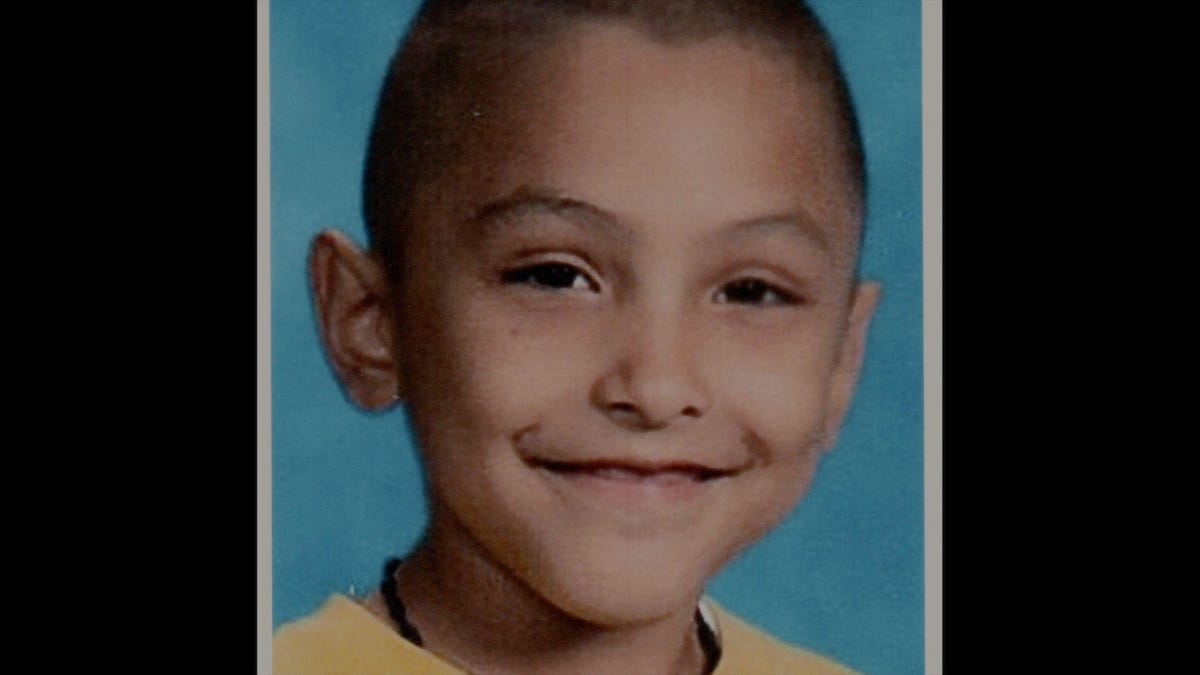The Trials of Gabriel Fernandez on Netflix will stay with me a long time
Commentary: This harrowing documentary is unsettling to watch, but will leave you with plenty to think about.

Gabriel Fernandez was murdered by his mother and her boyfriend in 2013 when he was 8 years old. The Netflix documentary series, The Trials of Gabriel Fernandez, examines the ensuing court case.
Netflix released on Friday a list of its top 10 most popular US shows. The Trials of Gabriel Fernandez, is No. 4, and I'm torn between grabbing everyone I see and begging them to watch it, and wishing I never knew it existed. The six-part documentary series from filmmaker Brian Knappenberger highlights the case of a young California boy, 8-year-old Gabriel Fernandez, who was tormented and eventually killed by his uncaring mother and her evil boyfriend.
The details are grim. The two adults -- who don't deserve to be called parents, or even humans -- made him eat used cat litter when he supposedly didn't clean up after their pets, the series shows us. They called him gay, beat him for it, took all his clothes and forced him to wear dresses. They pepper-sprayed him, shot him with BBs, made him sleep gagged and bound inside a cupboard. Teachers, security guards and others tried to shine a light on what was happening to the boy, but no one removed him from the home.
And now Gabriel's horrific life, sad death, and the ensuing court case with all its tangles, is available to binge-watch in the comfort of your home. Which raises the question: What makes a viewer decide, as I did, to spend six hours in that world? My first reaction was no, gah, get that show away from me, la la LA I'm not listening. But somehow, against my better judgment, I turned it on. And then I couldn't turn it off until I'd seen all six episodes. And now it hangs out in the back of my head as I go about my day, reminding me that there're a million devastating stories out there, unseen behind closed apartment doors.
Dep. District Attorney Jon Hatami, who prosecuted the case against Gabriel's murderers, speaks frankly in the series about his own childhood of abuse.
There are shows out there that fall into the true-crime-porn genre, leaning heavily on their horrific elements just to shock. But here the filmmakers aren't gratuitous about the violence. A few photos of Gabriel's injuries are fleetingly shown. Mostly, the worst moments come in less direct ways, as when a medical examiner shows a photo of cat litter and explains how he figured out that was what was in the little boy's stomach. That's one of the images that will stay with me for a long time.
Any horror show needs a hero, and this series finds one in Los Angeles Dep. District Attorney Jon Hatami, who deals with his own history of child abuse while standing as an avenging angel of sorts for Gabriel, a boy named for an archangel. There are others, too, who begin, slowly, to restore your faith that not everyone in the world is like Gabriel's parents. His brave teacher didn't shy away from reporting his abuse, though she was pretty much ignored. A concerned security guard who saw the boy's injuries tried and tried to find someone to help. The jurors are an impressive bunch, making a momentous decision with a blend of head and heart.
Los Angeles Dep. District Attorney Jon Hatami looks at a memorial to Gabriel Fernandez outside the Palmdale, California, apartment where the boy died.
I thought a lot about the appeal of true crime documentaries when watching The Trials of Gabriel Fernandez. I don't ever want to watch a show just to gawk at the horrors, to feel smug in my own safe little life. But like a thorny book, this series begs to be discussed. Four social workers faced charges -- did they deserve punishment? Could Gabriel's teacher have done even more to help? Where was the rest of Gabriel's family? Was it fair that the mother and boyfriend received different sentences?
We watch everything inside the frame of our own lives and experiences. I have a young daughter, who sleeps every night in a comfy bed with a fluffy comforter, and whose only interaction with cat litter is helping scoop it for our two spoiled furballs. I can't help but see her face on Gabriel's. Gabriel's mother's boyfriend was huge, a walking mountain, and the boy was so small. When he died, one of the last things he saw was the face of his own mother, one of the people who should've thrown herself under a bus to save him, contentedly watching him die.
Some will never be able to bring themselves to watch this show. I understand that completely. I was almost one of them. But the fact that this series was made, and that it's now soaring up the Netflix charts -- I choose to believe that's a good thing. Maybe down the line, when faced with a possibly abusive situation, someone who watched this series will remember Gabriel. And just maybe, it will make a difference.

